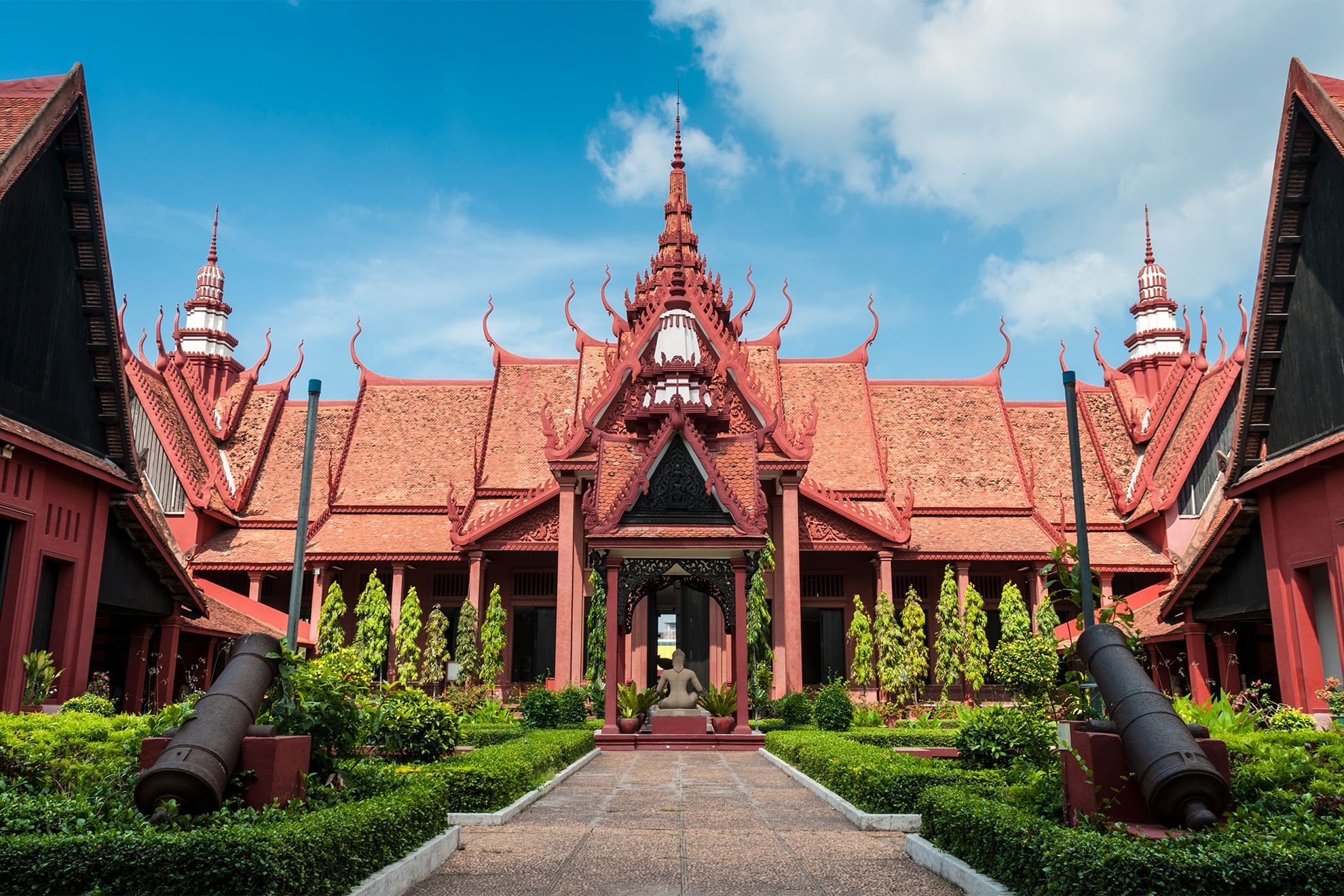The Phnom Penh National Museum is one of Cambodia’s most significant cultural institutions. Located in the capital city, Phnom Penh, the museum is a major center for preserving and showcasing the country’s rich history, art, and culture. It provides a comprehensive look at Cambodia’s artistic heritage, from its ancient civilizations to more contemporary times. The National Museum of Cambodia was built in 1917 during the French colonial era. The building itself is an architectural marvel designed by French architect George Groslier and Cambodian architect Vann Molyvann. The museum’s collections primarily focus on the ancient Khmer civilization and the Angkor period, showcasing the historical and cultural achievements of the Khmer Empire. It is home to over 14,000 objects, including sculptures, ceramics, jewelry, and other artifacts.
The National Museum plays a crucial role in preserving Cambodia’s cultural heritage, especially in the wake of the Khmer Rouge era (1975-1979), during which much of Cambodia’s historical artifacts and cultural sites were destroyed or looted. The museum stands as a symbol of Permanent Exhibits: The permanent galleries offer an extensive look at Cambodia’s history, covering everything from ancient Angkorian civilization to the French colonial period and beyond. Exhibits display ancient tools, relics, pottery, and other objects that reveal the daily life, religious practices, and artistic achievements of Cambodians throughout history.
The museum is involved in ongoing efforts to conserve and restore artifacts, many of which are centuries old. The institution collaborates with international organizations, scholars, and preservation specialists to maintain the integrity of its collections.


